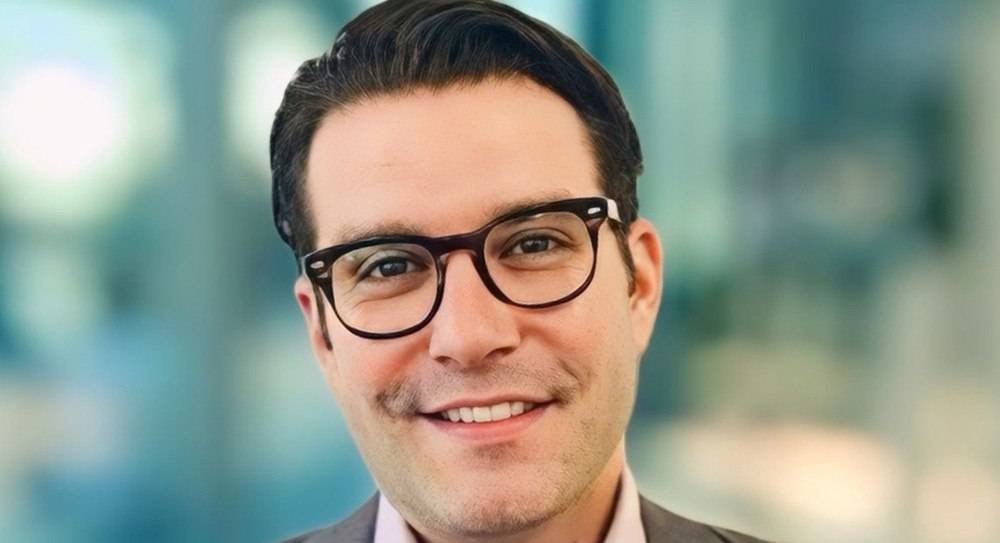Calculated risks

How is the current environment of higher interest rates impacting private equity deals and how does that correlate with LP clawbacks?
Tim Eberle: In an environment of rising interest rates, liquidations are increasingly difficult as capital is more expensive, which significantly eats into profitability. We are seeing private equity funds holding onto the investments in their portfolio companies longer than they otherwise would, in an attempt to get more value from the companies, or waiting until capital becomes less expensive and liquidations become possible. When a private equity fund delays a realisation, it increases the risk of a clawback event.
Because the preferred return is a compounding calculation, it increases exponentially every day that a fund doesn’t liquidate an investment. Even if a fund liquidates an investment profitably, if the profit is not sufficient to account for that exponentially increasing preferred return, it is not considered to be a profitable realisation from the perspective of a waterfall.
How do US waterfalls compare with European-style calculations?
Tim Eberle: There is no longer a geographic component to waterfall structures. Broadly speaking, a European-style waterfall ensures the LP – the investor – is given back all their capital contributions and an associated preferred return on those capital contributions prior to the GP being eligible for an allocation of carried interest. The European-style waterfall is more conservative and generally considered to be LP-friendly.
A US-style waterfall, also known as a deal-by-deal waterfall, allows the GP to take carried interest on individual realisations without the burden of returning 100% of capital contributions to the LP. It is a more GP-friendly structure. The upside of a US-style waterfall is that it allows private equity funds to recruit and retain top investment talent because they are generally able to pay their investment professionals years earlier than a fund that has a European-style waterfall.
The downside of a US-style waterfall is that if you allow the fund to take carried interest prior to returning 100% of contributed capital to the LP, you open yourself up to the risk of being in a clawback situation if future deals do not perform as well as your initial realisation.
Are GPs cognisant of clawback risk and what measures are they taking to mitigate against it?
Tim Eberle: It is a hot topic because for the first time in a long while, GPs are facing an environment where fund realisations and portfolio company liquidations are becoming increasingly difficult, so they are opening themselves up to clawback risk that was not a top concern a few years ago.
There are a few different ways that funds can mitigate clawback risk. One is a structural mitigation that involves contractually instituted provisions in limited partnership agreements (LPAs). These entail carried interest calculations that allow a fund to have a US-style waterfall but with certain hedges against clawback events being codified into that agreement.
GPs are also interested in more practical, case-by-case ways of mitigating clawbacks that usually involve scenario modelling. Before GPs using a US-style waterfall decide whether they are going to take the carried interest they’re eligible for or defer it, they can run various downside scenarios to project into the future to see what the performance of the fund would be. If they defer the carried interest, they give the money back to the LPs, which reduces the risk of a future clawback event.
Could the implementation of clawback mitigation strategies see US waterfalls adopt the attributes of European waterfalls?
Tim Eberle: I do not see US-style waterfalls going anywhere. Large funds with significant performance are always going to want to have a US-style waterfall so they can retain top investment talent. The trend we are seeing in the industry is more US-style waterfalls, not fewer. However, we do foresee the incorporation of more European-style waterfall provisions within US-style waterfall structures, which could happen in a couple of different ways.
The first is the inclusion of aggregate expense recruitment provisions within a US-style waterfall. When an LP contributes money to a private equity fund, it is put into two buckets; one is used to buy portfolio companies and the other is to pay expenses. Both buckets must be returned to the LP at some point. In a traditional US-style waterfall, expense contributions are returned to the LP as individual investments are realised. In aggregate expense, GPs would not just return expense contributions to the LPs proportionate to the investment contributions, they would give all the money back before they are eligible to take carried interest. This raises the return of capital target to the LP higher than in a traditional US-style waterfall and, again, hedges against clawback.
Another significant provision that we are seeing incorporated into LPAs that could help reduce the risk of clawback is changing the definition of preferred return.
Preferred return is a rate of return the LP must receive prior to them paying a fee to the GP, and the market standard is to calculate that as a time-weighted return that increases exponentially every day. But the preferred return could also be calculated as a multiplier on contributed capital, with the benefit that the multiplier and contributed capital doesn't change; it is a static number. That would take some time pressure off the GP, meaning they do not have to sell their investments as quickly because their preferred return burden is not increasing exponentially daily.
We predict a trend of waterfall calculations becoming significantly more complicated in the coming years and a significant reason for that is the incorporation of European-style provisions within US-style waterfall structures.
The adoption of technology, as well as employing the scenario analytics to help front office decision making, is a way to keep the cost to GPs down
Tim Eberle, Citco
Who is most likely to benefit from changes in the near term, GPs or LPs? Are we likely to see pushback from either side?
Eberle: The most obvious benefit is to the LP because it mitigates the risk of clawback and accelerates funds to them. An important point is that clawback provisions are almost always calculated post-tax, meaning LPs are only able to claw back the money given to the GPs that exists after the associated taxes have been paid.
The GP gets the benefit of being able to maintain what is still a largely US-style waterfall, which will still allow them to take carry much earlier than they would with a European-style waterfall.
It is about aligning the interests of the GP and the LP. No-one wants to be in a clawback situation. Such circumstances often involve litigation and present significant risk to the LP-GP relationship. GPs are going to want the same LP base to invest in future funds, so they do not want anything that is going to pose a risk to that. It is a symbiotic relationship.
How costly do you think making these changes is going to be to private equity firms?
Eberle: There shouldn’t be a significant additional cost to codifying structural solution provisions into the LPA because it is just changing the way fund documents are written. Where there is an additional cost is in the scenario modelling.
The analytical calculations to determine whether to take carried interest on an early realisation requires complicated maths, and it either has to be done internally, which would take up a significant amount of a person’s day, or it can be done by a third-person administrator.
Where that cost can be mitigated is through using technology such as analytical platforms. Citco has its own proprietary waterfall calculation engine and there are other consultants who are willing to build out bespoke technology that assists with these analytics, without needing to have an accountant or CFO spending hours trying to figure out something in Excel.
The adoption of technology, both in terms of calculating waterfalls and carried interest, as well as employing the scenario analytics to help front office decision-making, is a way to keep the cost to GPs down while still allowing them to have a detailed understanding of what their risk of clawback is.
What other market trends do you predict over the long term?
Eberle: Credit has been the name of the game for the past couple of years and that trend is set to continue. We see more funds adopting credit strategies – whether they are originating loans or syndicating loans – as a response to higher interest rates and as borrowing money from banks becomes more complicated.
However, adopting a credit structure is the most significant way private equity funds can increase their clawback risk, because when you are loaning money to LPs, the majority of your returns is in the form of interest payments, which are extremely susceptible to clawback. As we see more funds getting into credit strategies, the ability to mitigate clawback risk is becoming significantly more important.
This content was produced in association with

This content is free for all our visitors.
Would you like to check out the rest of our fantastic offering? Get in touch with us to discuss our trial and membership options.
Contact usCategories: The ExpertTechnologyTech providers






